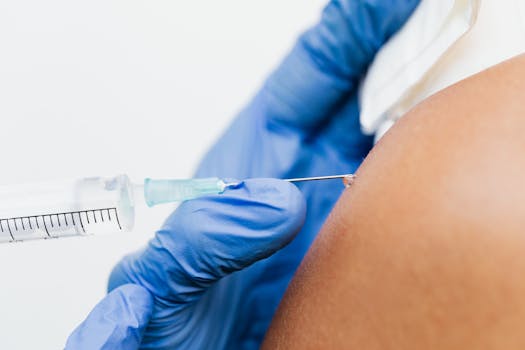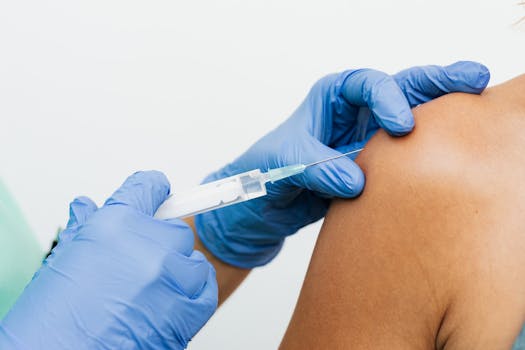
The Science Behind Vaccines and Public Health
Introduction to Vaccines and Public Health

The science behind vaccines and public health is a complex and multifaceted field that has been studied for centuries. Vaccines have been a cornerstone of public health for decades, saving millions of lives and preventing the spread of infectious diseases. But how do they work, and what is the science behind their development? In this article, we will delve into the world of vaccines and public health, exploring the history, science, and impact of immunization on our society.
History of Vaccines and Public Health

The concept of vaccination dates back to ancient times, with evidence of inoculation practices found in ancient China, India, and Africa. However, it wasn’t until the late 18th century that the first vaccine was developed by Edward Jenner, an English physician who created a vaccine for smallpox. Since then, vaccines have been developed for a wide range of diseases, including measles, mumps, rubella, polio, and many others.
Public health has also played a crucial role in the development and distribution of vaccines. Governments, healthcare organizations, and other stakeholders have worked together to create vaccination programs, conduct research, and educate the public about the importance of immunization. Today, vaccines are recognized as one of the most effective tools in preventing the spread of infectious diseases and protecting public health.
The Science Behind Vaccines

So, how do vaccines work? Vaccines are made from a variety of components, including weakened or killed viruses, bacteria, or toxins. When a vaccine is administered, it stimulates the body’s immune system to produce antibodies and immune cells that can recognize and fight the specific disease-causing agent. This process is called immunization, and it provides long-term protection against future infections.
There are several types of vaccines, including inactivated vaccines, live attenuated vaccines, and conjugate vaccines. Inactivated vaccines contain killed or inactivated viruses or bacteria, while live attenuated vaccines contain weakened or attenuated viruses or bacteria. Conjugate vaccines combine a weakened or inactivated virus or bacteria with a carrier protein to enhance immune response.
Impact of Vaccines on Public Health

The impact of vaccines on public health has been significant. Vaccines have been responsible for the elimination of smallpox, a disease that once killed millions of people worldwide. Vaccines have also been instrumental in reducing the incidence of other diseases, such as measles, mumps, and rubella. According to the World Health Organization (WHO), vaccination has saved millions of lives and prevented countless cases of disease and disability.
In addition to their individual benefits, vaccines also provide herd immunity, which protects vulnerable populations, such as the elderly, young children, and people with weakened immune systems, from contracting diseases. Herd immunity occurs when a sufficient percentage of a population is immunized, making it difficult for a disease to spread.
Conclusion

In conclusion, the science behind vaccines and public health is a complex and fascinating field that has had a profound impact on our society. Vaccines have saved millions of lives, prevented countless cases of disease and disability, and provided herd immunity to vulnerable populations. As we continue to face new and emerging diseases, it is essential that we prioritize vaccine development, distribution, and education to protect public health and prevent the spread of infectious diseases.





